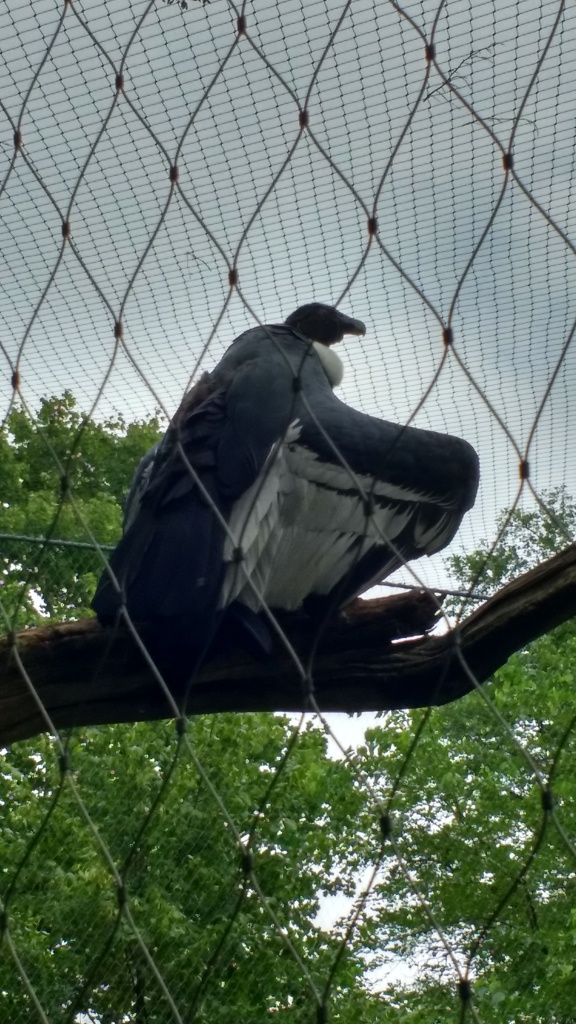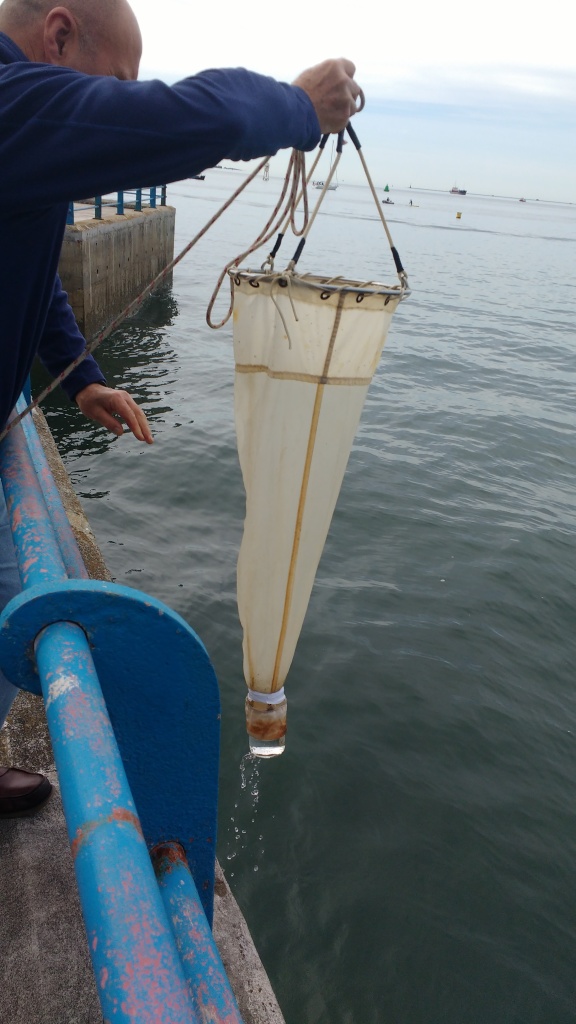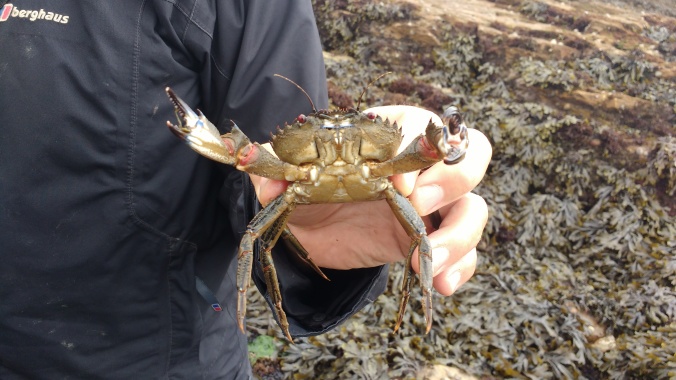Many countries around the world have a national bird, from the bright and beautiful toucan in Belize, to the tremendous falcon of Hungary (not to mention the mighty Wood Pidgeon in Britain), but no other bird around the world has the symbolism and cultural importance of the Andean Condor. One of the largest birds in the world, the pair living in Berlin is an impressive addition to the Zoologischer Garten.
Trumped only by some varieties of pelican and albatross, the Condor is one of the largest flying birds in the world with an average wingspan of 3m or greater, and often weighing in at over 10kg, depending on gender. Unusually for birds of prey, the male Condor is almost invariably larger than the female, and can reach an incredible 16kg at largest, making them the heaviest bird in the world. The plumage is an imposing black, with a white ruff and tail feathers, although the males tend to have far more pronounced plumage. The males have a distinctive red comb on their head, and like the turkey, tend to form a wattle about the throat as they age.
It is one of 7 species of New World Vultures, only two of which are designated as Condors (the other being the highly endangered Californian Condor), and like the classic Old World Vultures of Africa and Western Asia, the Andean Condor rarely hunts, instead scavenging for carrion. The vulture’s distinctive hooked bill for rending putrid flesh, and the bald head which prevents potentially infectious pieces of rotting meat from being caught in the plumage and harming the bird, are both found in the Condor, however, unlike their Old World cousins, the Andean Condor has an extremely sensitive sense of smell, which it uses to find new meals, while the Old World Vultures use almost exclusively sight. The talons on the Condor are also underdeveloped and blunt, a result of years of feeding on prey that is already dead, and making their capacity for finishing off weaker prey fairly poor.
Found throughout eastern South America, from Bolivia and Venezuela in the north and winding all the way down (you’ve guessed it) the Andes, the Condor has inhabited the same rolling highlands and open hunting plains that were the cradle of human civilization on the continent some 5000 yeas ago. In the Incan culture, the Condor was considered a servant of the sun, and the only bird strong and powerful enough to carry spirits to ‘Hanan Pacha’ or the upper world, where the sun and moon resided. When Pachakuti united the Incan tribes from his throne in Cusco, he stressed the importance of the sun god Inti, even over the previous father god Wiraqucha; indeed the next emperors of the Incan Empire would claim lineage from the sun god, and thus the Condor was launched into a position of great importance in the culture, and many artefacts depicting the Andean Condor survive today.
Even now, the Condor is the symbol of vast swathes of South America, seen as the national bird of Argentina ,Bolivia, Chile, Columbia and Ecuador. They represent health and power, and are the subject of many local festivals and ceremonies. In Peru, sometimes a Condor is strapped to the back of a bull during a bullfight, allowing the bird to slowly claw the bull to death during the battle; a symbol of South America’s supremacy over the Spanish colonizers. Luckily, in this ceremony, the Condor is normally unharmed and is later released, but some rituals explicitly involve clubbing the animal to death, which is a terrible shame for such a long-lived bird (current holder of the oldest bird record and possessing a lifespan often over 50 years long), particularly when they must also contend with increasing destruction of habitat and secondary poisoning from the carcasses they eat. I hope that in the future, the Condor will continue to be treated with the respect and reverence it has earned in the last few thousand years, and continues to dominate the skies of the Andes.








